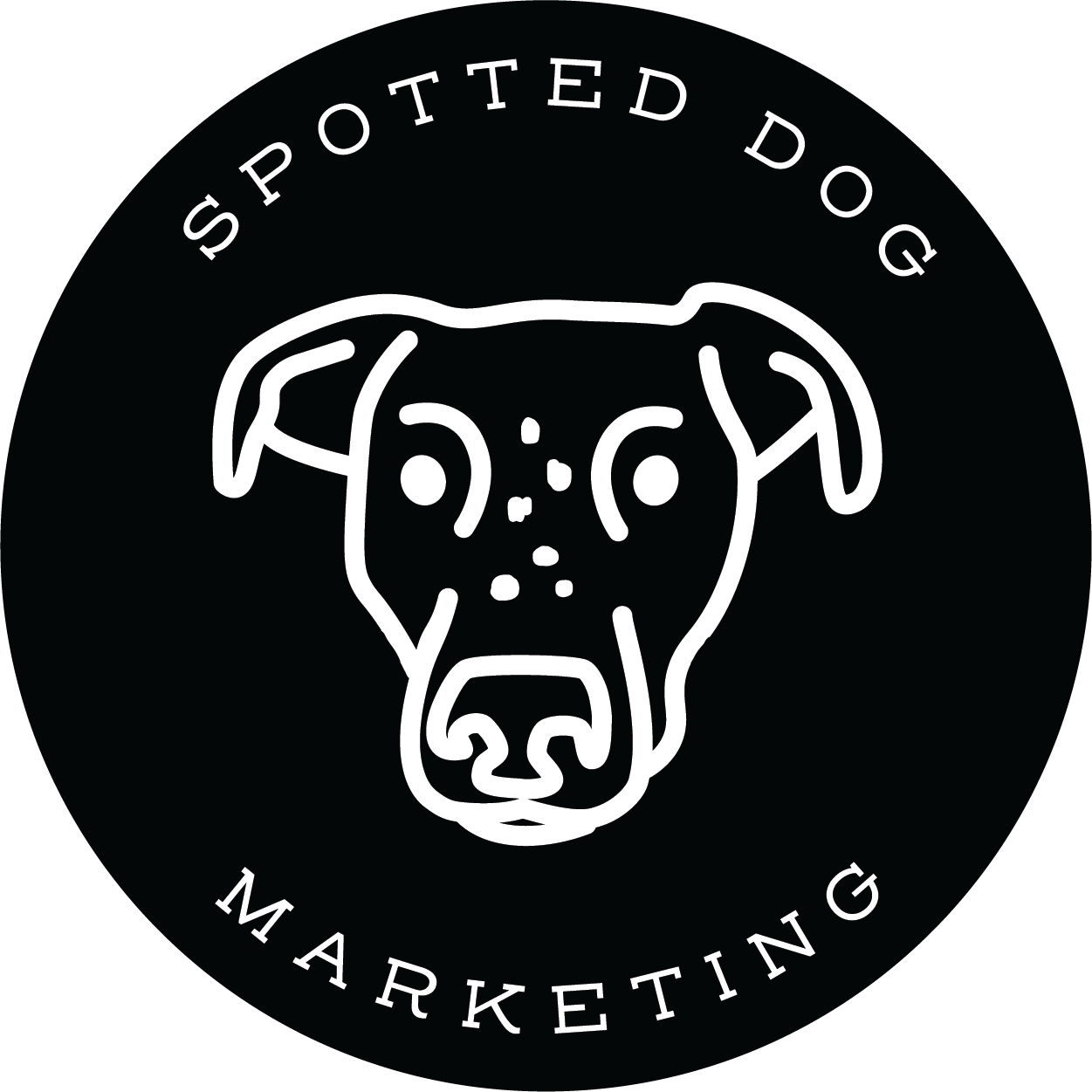The Golden Rules of Goal Setting: A Strategic Marketing Guide for Service-Based Businesses in 2025
Marketing in 2025 isn’t just about having a presence—it’s about making an impact. The brands that succeed won’t be the ones making the most noise; they’ll be the ones setting clear, data-driven goals that turn strategy into measurable results.
At Spotted Dog Marketing, we believe that strong marketing goals create momentum—they align your team, focus your resources, and drive meaningful engagement. Let’s break down how to set marketing goals that actually move the needle, backed by data-driven insights and proven strategies.
Why Marketing Goals Are Essential
Marketing goals aren’t just checkboxes on a to-do list; they’re the foundation of every successful brand strategy. A well-defined goal creates clarity, ensures accountability, and helps you measure success in ways that matter.
Need proof? Marketers who set clear goals are 376% more likely to report success than those who don’t (CoSchedule). That’s the power of an intentional strategy.
How to Set Effective Marketing Goals in 2025
1. Make Your Goals SMART
The SMART framework—Specific, Measurable, Achievable, Relevant, and Time-bound—turns big-picture ideas into clear action steps. Instead of “increase brand awareness,” a SMART goal would be:
🔹 Increase organic website traffic by 30% over the next six months through content marketing and SEO.
The Data: Businesses using SMART goals are 43% more likely to achieve them.
2. Prioritize ROI-Driven Goals
Every marketing dollar should have a purpose. Focus on customer retention or repeat business, conversion rates, and lead quality—the areas directly impacting your bottom line and revenue. One way many of our clients prioritize marketing dollars in 2025 is by investing more in LinkedIn ads and boosting top-performing posts. This helps with post reach, targeting the right audience, and building brand visibility.
What the Numbers Say: 83% of marketers say that tracking ROI is now critical to their success. However, we will add that it is essential to understand the sources feeding your ROI and what those sunk costs are going to; this can vary depending on your marketing mix.
3. Strengthen Your Digital Presence
Your website and social channels are your brand’s front door and first impression, whether your business is actually coming from any of those channels. For many of our clients, goals in 2025 focus on increasing SEO, content marketing, email engagement, and marketing automation to improve visibility and drive real engagement. Given shorter attention spans, it is more important than ever to enhance these assets.
Looking Ahead: Global spending on digital transformation is projected to hit $3.4 trillion by 2026.
4. Let Data Drive Your Decisions
Marketing isn’t about guessing—it’s about analyzing, adapting, and improving. We use data to track performance, test strategies, and pivot our strategy when needed. In several cases, we adapt our content strategy when specific pieces aren’t achieving the level of performance we initially anticipated. This decision is guided by measurable data that reveals the success of other top-performing content, allowing us to identify trends and make informed adjustments to better engage our audience.
The Power of Data: Marketing plans that prioritize analytic tracking for KPIs are 23 times more likely to acquire new leads and 6 times more likely to retain them.
5. Personalization is Key
Audiences expect relevant, customized experiences, and more creative content in 2025. Personalization isn’t just a trend—it’s a necessity. Set goals around specific target audiences, segmented email campaigns, and dynamic content–audience-first strategies.
6. Align Your Marketing with Brand Values
In today's marketplace, consumers are increasingly drawn to brands that demonstrate genuine authenticity. It's essential for businesses to weave their core values and a sense of transparency into their marketing strategies. This approach goes beyond simply enhancing the brand's image; it fosters a strong sense of trust and loyalty among customers. When consumers feel connected to a brand that openly shares its principles and practices, they are more likely to engage, advocate, and remain loyal over the long term.
The Impact Is Clear: 73% of millennials are willing to spend more on sustainable products.
Marketing Metrics to Track in 2025
Setting goals is one thing—tracking progress is another. Keep an eye on these key performance indicators (KPIs) to measure what’s working:
Website Traffic: Are people finding you online (Google, Bing, other search engines)? Monitor unique visitors, session engagement, and bounce rates.
Conversion Rates: How effectively are you turning leads into customers?
Customer Retention: Are you keeping your customers engaged and loyal?
Cost Per Lead (CPL): Is your budget optimized for maximum impact?
Social Media Engagement: What content is actually resonating with your audience?
Proven Results: Why Goal-Setting Works
🔹 Coca-Cola increased customer interactions by 32% through personalized digital content.
🔹 HubSpot implemented SMART goals and boosted organic traffic by 67% in just one year.
Let’s Build a Strategy That Works for You
At Spotted Dog Marketing, we don’t believe in one-size-fits-all solutions. We create marketing strategies that are realistic, actionable, and built for results.
Need help setting SMART marketing goals?
Looking to refine your digital strategy?
Want a marketing roadmap that actually works?
Let’s make 2025 your most successful year yet. 🚀
Resources:
https://persuasion-nation.com/goal-setting-statistics/?utm
https://dreammakerr.com/writing-down-goals-statistics/
https://giodella.com/goal-setting-statistics/
https://www.marketingscoop.com/marketing/5-dos-and-donts-when-making-a-smart-goal-10-examples/
https://www.zippia.com/advice/goal-setting-statistics/
https://www.spinach.ai/blog/work-goals/smart-goals-for-marketing

